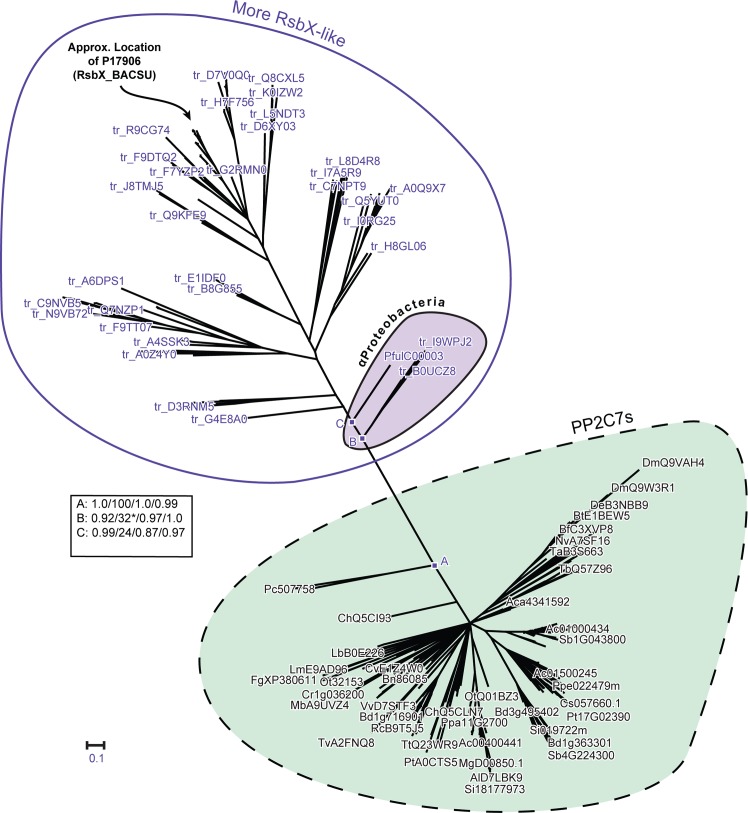Fig 4. Phylogenetic radial tree depicting interrelationships between PP2C7 sequences and bacterial Group II PP2C sequences.
The PP2C7 set is a very large and diverse one (238 sequences) and the bacterial Group II sequences are of the “GN” type, from the “More RsbX-Like” assemblage (144 sequences) (sequence varieties described in the text). For this analysis the sequences of the Myxococcales group have been removed (A9GSF9, A6FYN9, A9GWA1, E3FWN8, L7U8R0) (see text for rationale). Inference of unrooted phylogenetic trees was performed as outlined in “Materials and Methods.” The most crucial nodes are labeled. Node support values with the four inference methods (PhyML [aBayes], RAxML [RBS], MrBayes [PP], and PhyloBayes_MPI [PP]) are tabulated in the Figure, separated by slashes (“/”). Support values for all trees are summarized in Table N in S1 File. Preliminary analyses showed that attainment of consistent tree topologies between the different inference methods required removal of the following sequences: Q2RIF7, H1Z3D3, C9R9C1, B1I2G2, G2MXY4, Q8RAY2, E4Q3X2. The cluster of sequences from α-Proteobacteria is indicated. The approximate location in the tree of the reference sequence BsP17906 (RsbX_BACSU) is indicated. This tree is based on the amino acid sequence alignment presented in S1(B) Fig. * = αProteobacteria cluster separated into adjacent fragments in this tree.

